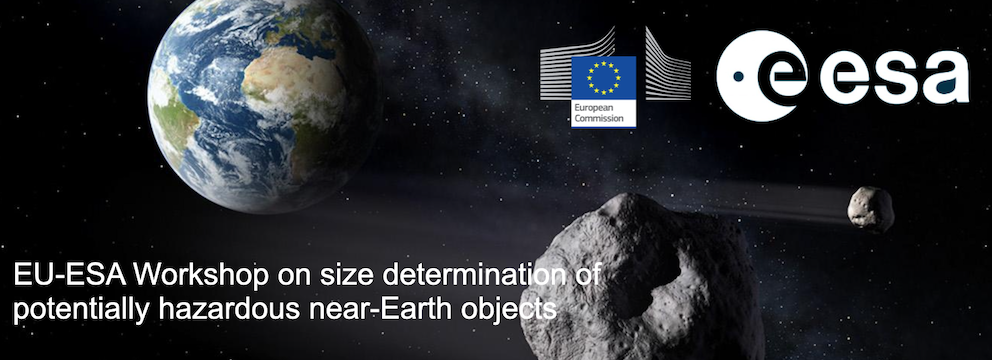Speaker
Description
Nowadays, we are experiencing a revolution in astronomical surveys. Thanks to ground-based and orbiting telescopes, millions of observations of asteroids in various photometric filters are available. The main objective of our project is to develop tools for reading, processing, and analyzing large volumes of data. We’ve successfully determined phase curves for thousands of asteroids in orange and cyan filters from the latest ATLAS Solar System Catalog (V2) release, with errors less than 15%. Our simplified model, which only considers apparition effects, aligns well with more complex methods and needs far less computational power. Interestingly, our results showed smaller errors in G2 compared to G1, a trend also reported in other studies. This suggests that G2 is less sensitive to lack of data at small phase angles, as indicated by our simulations, which showed more stable values for G2 across different phase angle ranges. This connects to the H, G1, G2 function: G1 primarily captures the opposition effect, while G2 models the linear range. Our catalog-independent algorithms are adaptable to new datasets, including future LSST data, for which we already have preliminary results based on DP0.3 simulations.

